Nam Hai Van is a common home to many species, many rare genetic resources, with high economic value. When this biodiversity resource is used reasonably and sustainably, it will add resources to serve socio -economic development.
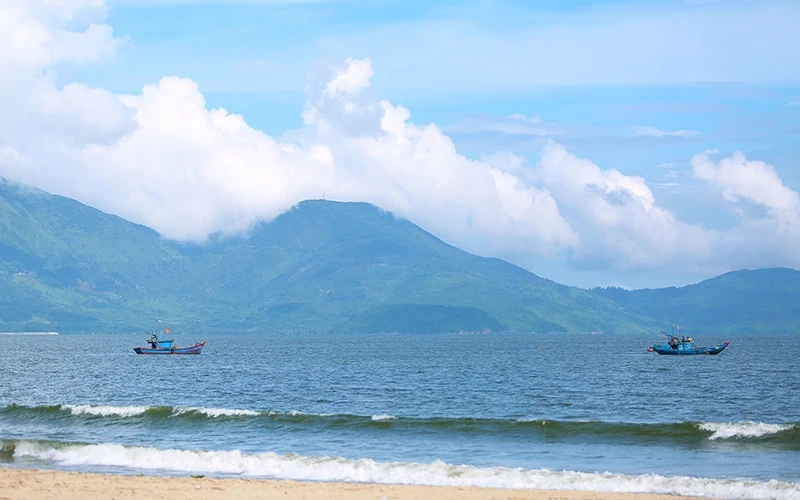
Maintaining and developing ecosystem services to adapt to climate change and improving the effectiveness of management work have gradually created shared responsibilities and community benefits in biodiversity conservation, playing a key role.
Green forest by the blue sea
The Southern Truong Son includes the South Central region starting from the southern slopes of the Hai Van mountain range to the 11th parallel. In terms of climate characteristics throughout the year, this is a region where the temperature rarely drops below 20 degrees Celsius in any month, with a distinct equatorial character. The Hai Van mountain range has many peaks higher than 1,000m, of which the highest peak is 1,450m. This is the last mountain of the largest mountain range that juts out into the sea of the Truong Son range.
Along the Hai Van Pass at an altitude of 500m, on one side is green forest, on the other side is blue sea, there is a stream of water pouring down from above all year round. The forest in this area belongs to the type of evergreen tropical forest all four seasons, thereby forming a giant "machine" to regulate temperature, wind and rain. The forest creates a natural environment with fresh air and water.
What makes Hai Van unique is not only its geographical and geological location (it is the natural boundary between the two regions of Truong Son Bac and Truong Son Nam) but also its majestic landscape. The mountain peak is surrounded by clouds and sky, the foot of the mountain extends close to the sea, with waves crashing day and night. The name "Hai Van" meaning "sea" and "clouds" originates from that. In 1602, Lord Nguyen Hoang called this place "the throat of Thuan Quang". Hai Van is also a place with many changes from terrain to sea and rivers. These favorable conditions have formed ecological connections in food, living and animal migration.
According to geographers, the Hai Van range is considered the natural dividing line between the north and south of our country. When the northeast monsoon passes through the mountain range, it gradually weakens. That makes the temperature and rainfall regime in the area south of Hai Van more moderate, suitable for the development of many plant species. The largest natural forest in Quang Nam - Da Nang that still exists today is in the Truong Son range in the west. The northernmost point originates from the foot of Hai Van mountain close to the sea to the headwaters of the Nam and Bac rivers (Hoa Bac commune, Hoa Vang district) and the southern slope of the Bach Ma range at latitude 16 degrees 13 minutes.
Geographer, Professor Le Ba Thao once said: “The life of the central plains, from its formation until now, has never been separated from the influence of the Truong Son mountain range on one side and the East Sea on the other. Gone are the early days after liberation, when we viewed the Central Highlands and the Southern Truong Son in general as a “new land”, where we only needed to bring people to exploit it to get rich.
Today, through practice, we have learned that no “gift” is given for free. The transition from one state of natural equilibrium to another requires humans to have a thorough study with careful steps. Only then can the Southern Truong Son region best serve human interests and develop in a direction that is beneficial to itself.
Protect the forest, keep the common roof
In Decision No. 3410/QD-UBND dated September 14, 2020 of the People's Committee of Da Nang City on "Approval of the Project on biodiversity conservation in Da Nang City to 2030, with a vision to 2045", the specific goal by 2025 is to improve and enhance the capacity of biodiversity management and protection in existing conservation areas, special-use forests, and landscape protection areas: Ba Na-Nui Chua, Son Tra, and Nam Hai Van.
By 2030, continue to protect the city's important natural ecosystems such as Ba Na-Nui Chua Nature Reserve, Son Tra Nature Reserve, and Nam Hai Van Landscape Protection Area. Establish and put into operation a number of upgraded and newly established conservation areas. By 2045, propose to upgrade Nam Hai Van Landscape Protection Area to a Nature Reserve. Thus, Nam Hai Van landscape plays an important position and role in maintaining and promoting the city's inherent biodiversity in the current period.
In the South Central region, the special “string” connecting the high mountains in the west to the sea in the east is the Hai Van mountain range. This is considered the only connection in Vietnam. Since ancient times, the hundreds of years old primeval forest system has been the common home of many species of animals and plants. With an area of 3,397.3 hectares of the Nam Hai Van landscape, researchers have recorded information about many species of higher animals and plants.
Among them, the mammal class has many recorded species, notably the brown-shanked douc langur, striped-backed squirrel, and yellow-shanked squirrel; for birds, there are 21 species such as the Burmese hawk-bill, yellow-breasted ibis, kingfisher, egret, flycatcher, yellow-winged warbler, turtle dove, large cuckoo, red-backed woodpecker, stone egret, white-browed shrike, brown-breasted ibis...; reptiles include species such as the grey lizard, green lizard, gecko, rough-tailed gecko, curtain-tailed gecko, flower-headed lizard, Indian gecko...; frogs and toads have four species such as the tree frog, red-breasted gecko, Ngoe, and house toad; 27 species of earthworms and 24 species of termites. Higher plants include the Upper medicinal plant, Da Nang starfruit and brocade leaf.
Recently, the restoration of natural forests and sustainable development in Hoa Bac commune, Hoa Vang district, Da Nang has been actively promoted by many related units. In the working program of the delegation of domestic and foreign forestry experts with the people in the Ta Lang-Gian Bi Community Tourism Group, Hoa Bac Ecological Agriculture and Community Tourism Cooperative, Professor, Dr. Holger Jäckle (Germany) said that one thing that is easily seen in the forests of Hoa Bac (located in the Nam Hai Van landscape) is the planting of single species.
The important experience that the expert guides people to plant forests today is that in hilly terrain areas, they should plant many different species of trees on one forest land area. Do not exploit and harvest simultaneously on a large area but exploit by tree; choose to exploit large trees, perennial trees with high product value so as not to affect the surrounding trees, and do not open roads up steep hills.
“When one tree is exploited, many trees are replanted and replaced, ensuring that the forest land is always covered, green, and not eroded. Therefore, the production forest land is always preserved, not washed away or degraded. There are still forests to retain water, biodiversity is protected, birds, animals, and insects live in harmony. Other resources besides wood are still maintained and used sustainably,” said Professor, Dr. Holger Jäckle.
When surveying along the streams, the expert team found that the water had dried up in one stream, leaving only the stream next to the forest to be retained. Water accumulated in the soil, under the layers of diverse forests, gradually condensing at the lower levels. Farmers know how to rely on natural and cultural advantages to simulate a sustainable development model for their community. That is the water-retaining hill or, in other words, the wisdom that the people have accumulated.
Mr. Bui Van Sieng (73 years old, Gian Bi village, Hoa Bac commune) recalls: “When I was young, the old forests in the Nam and Bac rivers were vast. Groups of red-shanked douc langurs went out to find food. They lived under the forest canopy and did not encroach on human areas. The birds chirped and the gibbons howled deep in the forest, which was very pleasant to the ears. From then on, the villagers living in the Nam Hai Van area united and divided the tasks of protecting the forest and the land. We made a convention that absolutely prohibited the cutting down of old trees. Currently, households are increasing forest planting, choosing trees with a life cycle of more than 50 years to create long-term benefits for future generations.”
In the future, Nam Hai Van landscape promises to promote its inherent potential, becoming a bright spot in biodiversity of the locality as well as the region.
Source: https://baolangson.vn/ky-vi-nam-hai-van-5026238.html


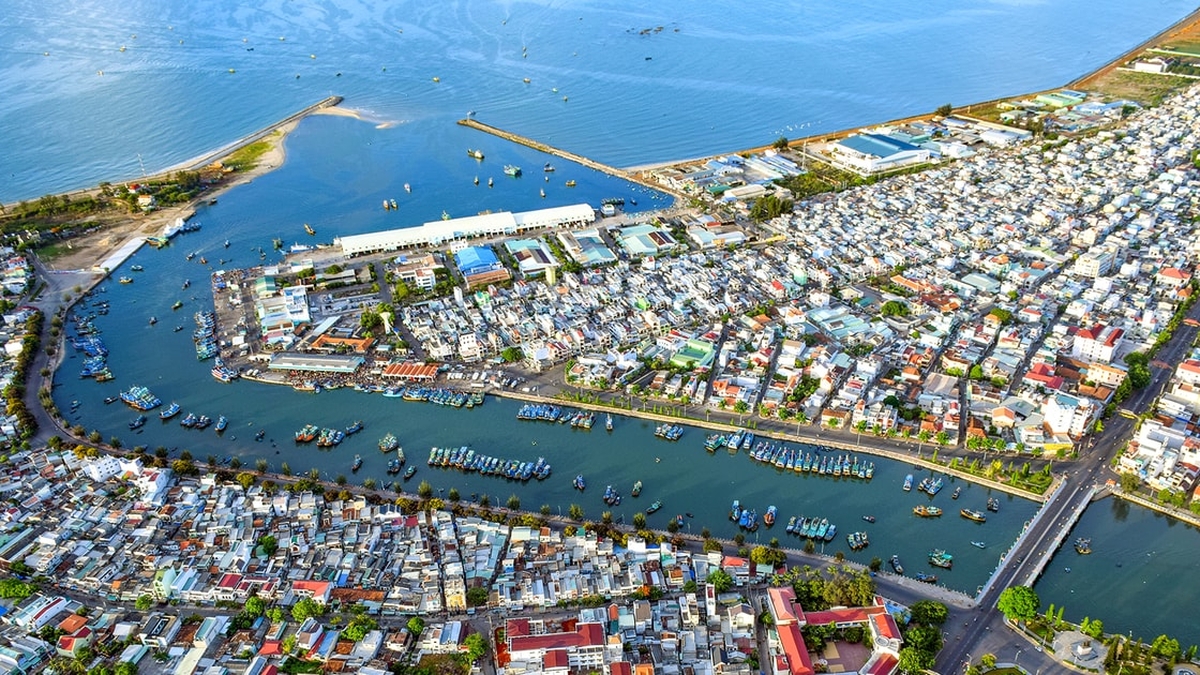
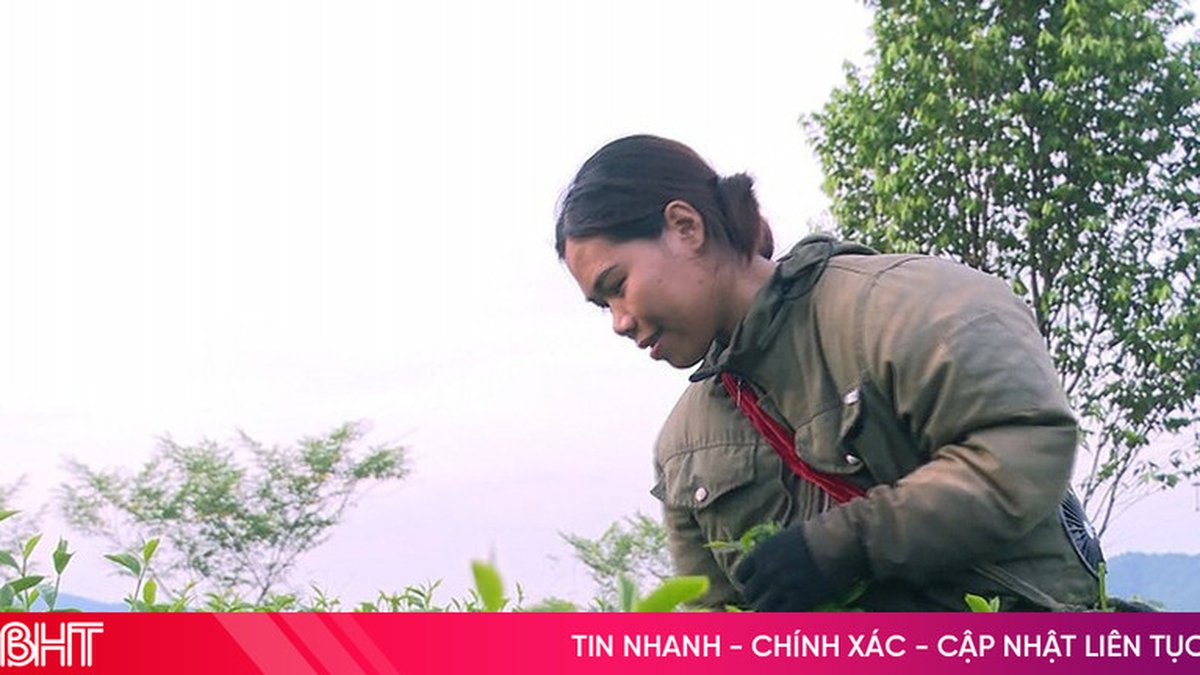






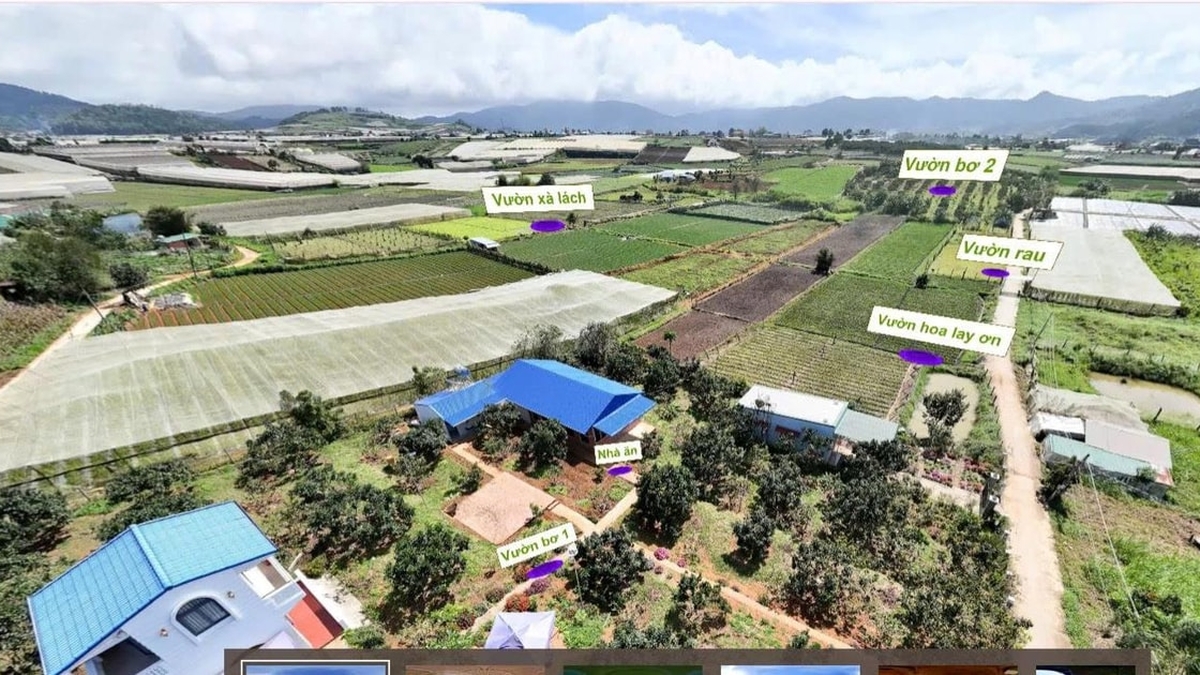
















![[Photo] National Assembly Chairman attends the seminar "Building and operating an international financial center and recommendations for Vietnam"](https://vphoto.vietnam.vn/thumb/1200x675/vietnam/resource/IMAGE/2025/7/28/76393436936e457db31ec84433289f72)




































































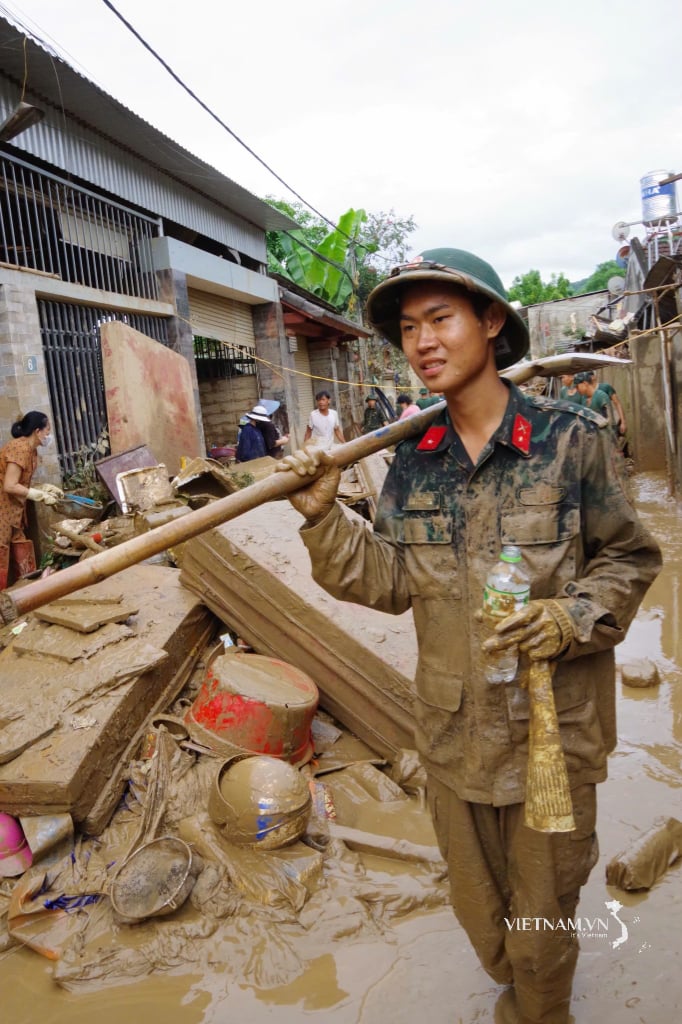
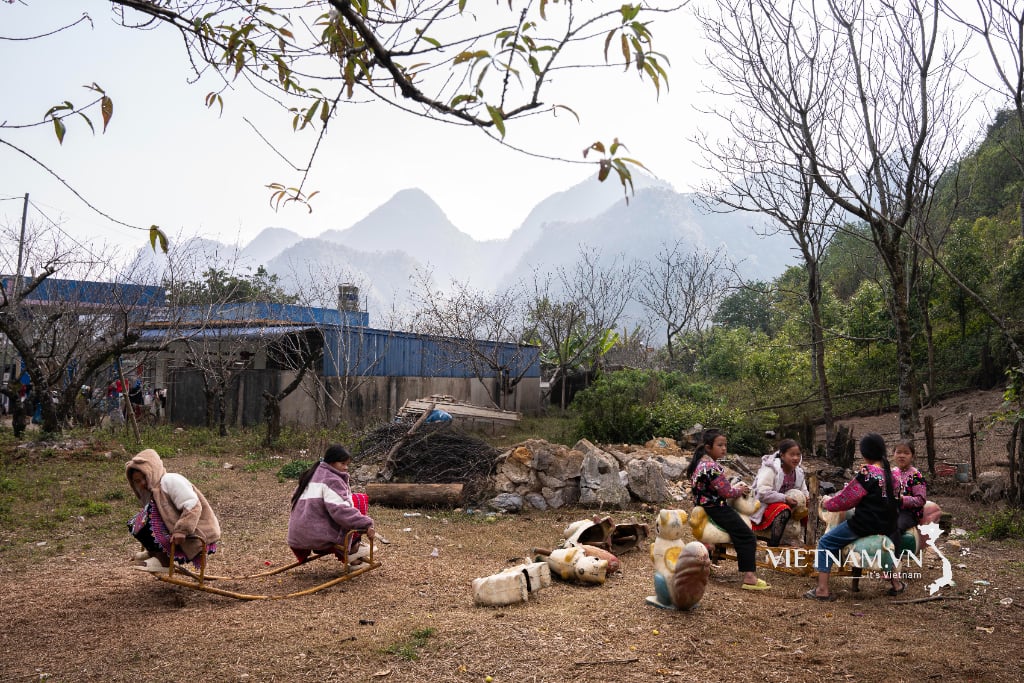
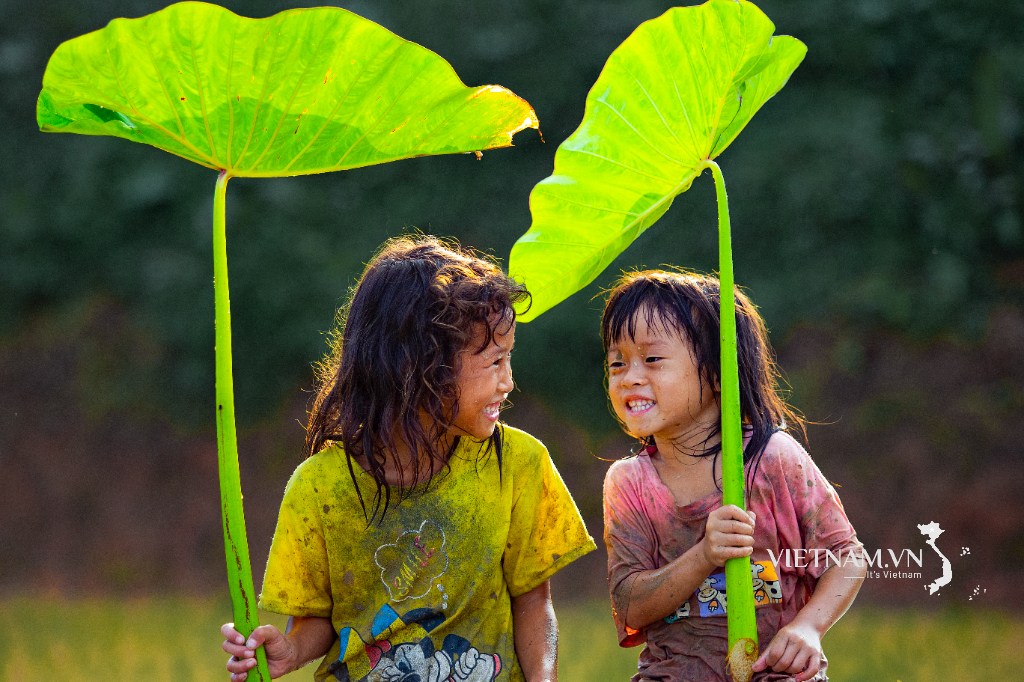
Comment (0)